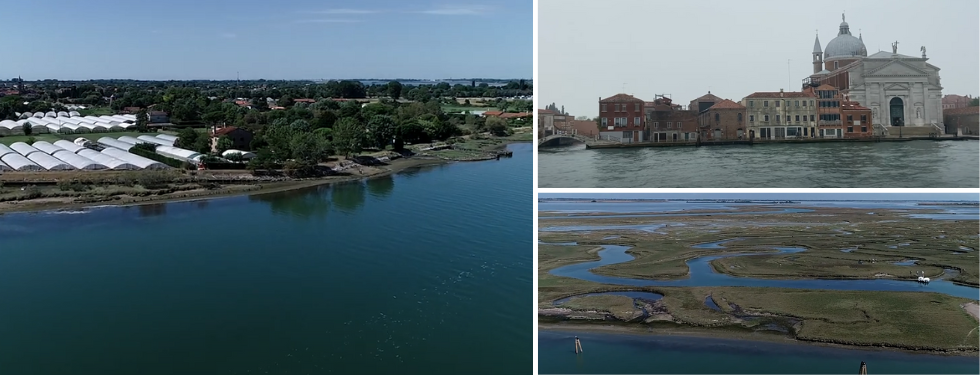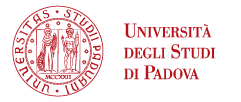Venice Lagoon: the strong erosive effects attributed to anthropogenic processes

The Venice Lagoon is probably a unique example of co-evolution between humans and the environment, in terms of interaction between natural processes and anthropogenic processes. Nowadays, however, the Venice Lagoon is experiencing intense morphological degradation, attributed to various factors, such as the lack of sediments delivered to the Lagoon, the loss of sediments toward the Adriatic Sea, and other processes that can induce strong erosive effects.
In the final episode of the mini-series dedicated to the Venice Lagoon, Andrea D’Alpaos, Full Professor of the Department of Geosciences of the University of Padua, will be talking about the main anthropogenic interventions that, over the centuries, have significantly heightened the erosive processes: the diverting of the rivers outside the Lagoon, the construction of the jetties at the inlets, the water extraction from aquifers between 1930 and 1970 and the excavation of large navigable canals.
Lastly, the storm-surge barriers of the Mose system that are able to keep Venice dry from floods, but that can determine negative effects on the environment of the Lagoon, both from a morphological and ecological point of view.
Footage with the drone by Stefano Castelli
Shooting and editing by Barbara Paknazar
The previous episodes are available here:
1) Venice Lagoon. The morphology of the largest tidal basin in the Mediterranean
2) Venice Lagoon. The salt marshes and what they need to survive
3) Venice Lagoon. Ecosystem services provided by salt marshes
4) Venice Lagoon. Analyzing salt marsh soils in laboratory
5) Venice Lagoon. The salt marshes and their network of channels and meanders
6) Venice Lagoon. The tidal flats and their morphological evolution





